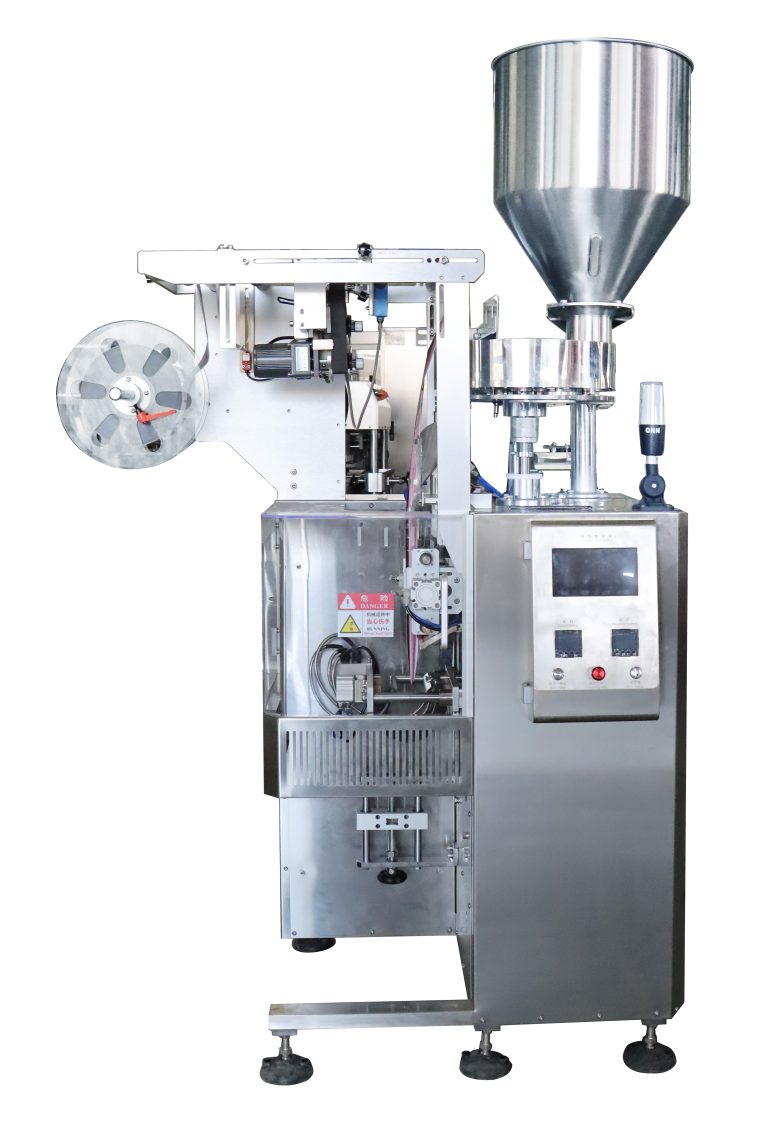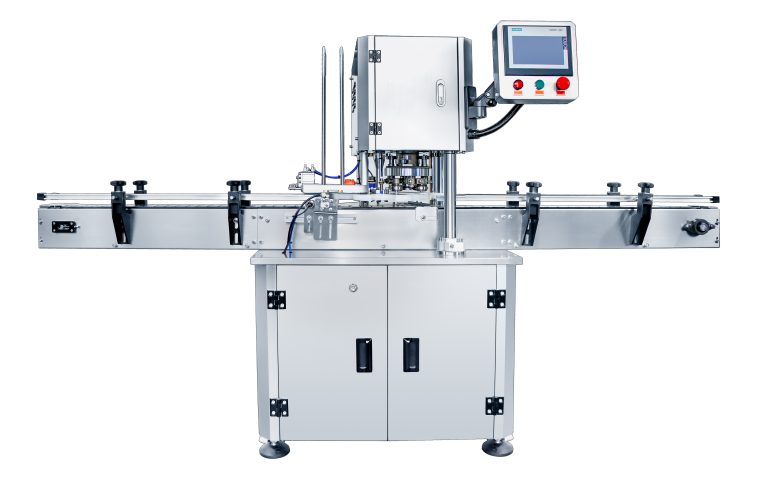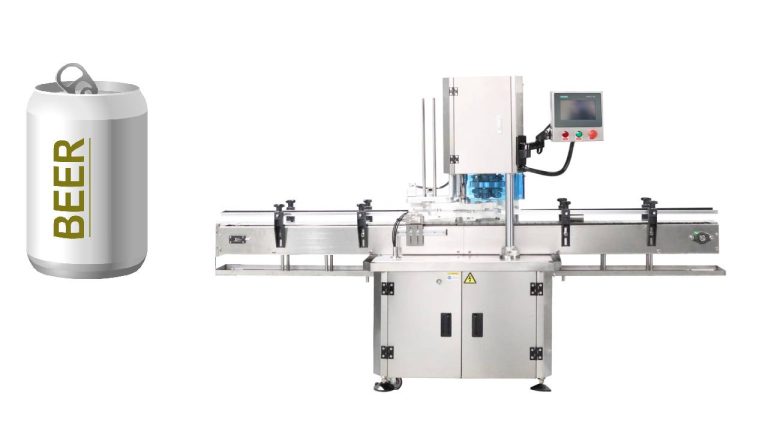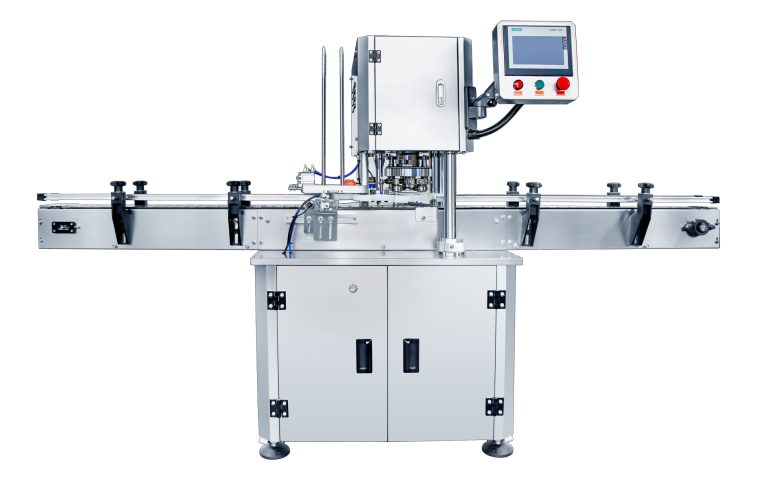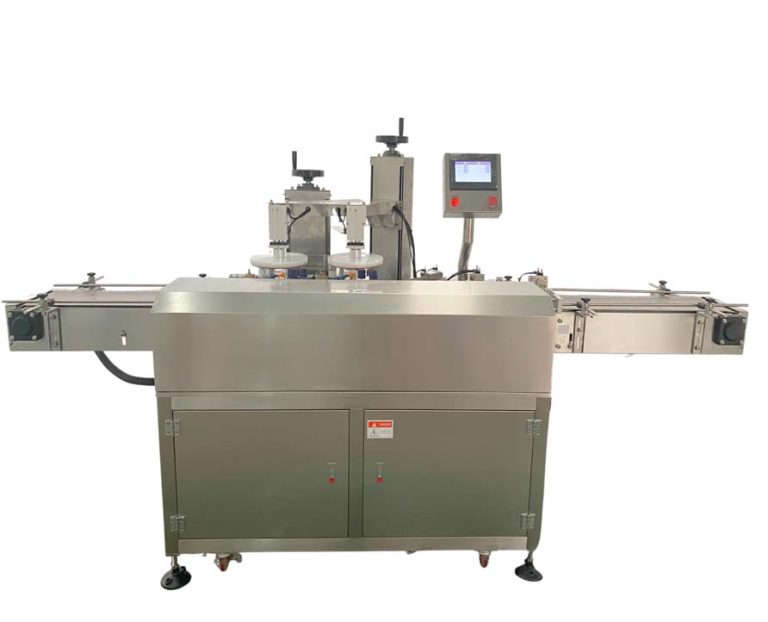In the modern industrial landscape, the efficient and accurate filling of granules into packages is a crucial process for numerous sectors such as food, pharmaceuticals, and chemicals. Multi – head weigher granule filling machines have emerged as a game – changer in this regard, and understanding their working principle is essential for appreciating their functionality and benefits.
Table of Contents
Overall Structure and Components
A multi – head weigher granule filling machine typically consists of several key components. At the top, there is a feeding system, which can be a vibratory feeder or a conveyor belt. This system is responsible for transporting the granules from a storage hopper to the weighing heads.
The weighing heads are the heart of the machine. Each weighing head has its own hopper and a highly sensitive load cell. The load cell is a device that measures the weight of the granules in the hopper. Below the weighing heads, there is a discharge chute through which the accurately weighed granules are released into the packaging containers.
Feeding the Granules
The process begins with the feeding of granules into the machine. The granules are stored in a large hopper above the machine. The feeding system, whether it’s a vibratory feeder or a conveyor, starts to move the granules towards the weighing heads.
In the case of a vibratory feeder, it uses vibrations to gently move the granules along a trough. The amplitude and frequency of the vibrations can be adjusted to control the flow rate of the granules. This ensures a steady and consistent supply of granules to the weighing heads.
Weighing Process
Initial Distribution
Once the granules reach the weighing heads, they are distributed evenly among the individual hoppers of each weighing head. The machine is designed to ensure that each hopper receives a sufficient amount of granules for weighing.
Weight Measurement
Each weighing head’s load cell continuously measures the weight of the granules in its hopper. The load cell converts the mechanical force exerted by the granules (due to their weight) into an electrical signal. This signal is then sent to the machine’s control system.
Combination Calculation
The control system of the multi – head weigher is equipped with sophisticated algorithms. Its main task is to calculate the optimal combination of weighing heads that will add up to the target weight for the package. For example, if the target weight is 100 grams and there are 10 weighing heads with different amounts of granules in each, the algorithm will quickly analyze all possible combinations of these weighing heads to find the one that is closest to 100 grams.
This combination calculation is done in a matter of milliseconds. The machine can perform multiple calculations per second, allowing for a high – speed and efficient weighing process.

Discharging the Granules
Release of the Selected Heads
Once the control system has determined the optimal combination of weighing heads, it sends a signal to open the discharge gates of those selected weighing heads. The granules in these hoppers then flow down through the discharge chute and into the waiting packaging container.
Ensuring Accuracy
During the discharging process, the machine also takes steps to ensure accuracy. For instance, some machines have a “trickle – feed” mechanism. If the initial combination of weighing heads results in a weight slightly below the target weight, the machine can open a small additional gate to release a small amount of granules to reach the exact target weight.
Resetting for the Next Cycle
After the granules have been discharged, the weighing heads are reset. The empty hoppers are refilled with granules from the feeding system, and the process starts all over again for the next package.
Quality Control and Monitoring
Real – Time Monitoring
Throughout the entire process, the machine’s control system continuously monitors the weight measurements and the operation of each component. It can detect any abnormalities, such as a malfunctioning load cell or an inconsistent flow of granules.
Rejecting Inaccurate Packages
If a package is found to be outside the acceptable weight tolerance range, the machine can reject it. This ensures that only packages with accurate weights are sent for further processing, such as sealing and labeling.
Data Logging
Many modern multi – head weigher granule filling machines also have data – logging capabilities. They can record information such as the weight of each package, the combination of weighing heads used, and any error messages. This data can be used for quality control analysis, production monitoring, and regulatory compliance.
Adaptability to Different Granules
One of the remarkable features of multi – head weigher granule filling machines is their adaptability to different types of granules. Whether the granules are large or small, light or heavy, round or irregularly shaped, the machine can adjust its settings to ensure accurate weighing.
For example, for fine powder – like granules, the machine may need to adjust the vibration settings of the feeder to prevent clogging. For larger and heavier granules, the machine can handle the increased weight and adjust the combination algorithms accordingly.
In conclusion, the working principle of multi – head weigher granule filling machines is a complex yet highly efficient process. Through a combination of advanced feeding, weighing, and discharging mechanisms, along with sophisticated control systems and quality – control features, these machines can accurately fill packages with granules at high speeds, making them an indispensable tool in modern packaging operations.

